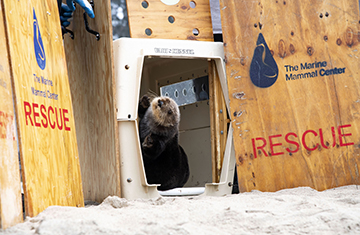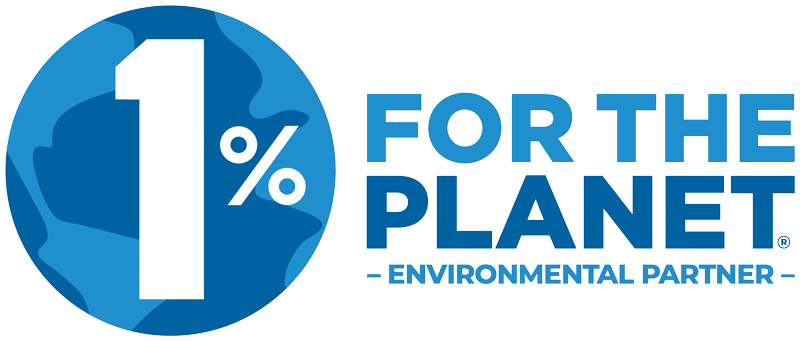
Chapter 9: Implementation and Logistical Considerations

Logistical considerations must be carefully considered before any potential translocation is pursued. They include the methods for how to source, capture, transport, release, and monitor the sea otters.
Choosing a Source Population
- Alaska, Washington, and California offer source population options. Refer to the web summary for Chapter 8 to learn more.
- Evidence from historic reintroductions suggests multiple introductions may improve the probability of establishing a viable population in a new area.
Choosing a Reintroduction Site
- Not all habitats will support equivalent densities. In general:
- Shallow, high-relief rocky habitats that support canopy-forming kelp colonies may be preferred.
- Many estuarine and shallow soft sediment habitats also have high densities.
- Sites with access to both exposed and sheltered shorelines (or estuaries) may increase the potential for success.
- It is critical to remember that in past translocations, sea otters have often moved from where they were released and chosen to live a considerable distance away.

Chapter 9
- General Strategies
- Demographic Considerations
- Source Population Considerations
- Capture
- Transport and Holding
- Release
- Monitoring
- Data Needs
- Summary and Conclusion
Deciding the Founding Population's Demographics
- The sex and age composition of reintroduced sea otters may affect success.
- There is reason to suspect that younger animals captured for translocation may not have developed a strong preference for another home range. So, they may be more likely to choose to remain at or near the release site.
- It is possible that a sex ratio biased toward females will contribute to the reproductive potential of the founding population.
Capturing the Founding Population
- A variety of capture methods—dip nets, tangle nets, and scuba-operated Wilson traps—are available to achieve the desired abundance and age/sex composition.
- Regardless of the method of capture, it is essential that once a sea otter is captured, it is placed in a container to restrain escape, protect from injury, and provide a safe environment for transport and temporary holding. Over the years, a standard capture box has been designed to meet these needs.
Transporting and Holding the Otters
- Appropriate care and monitoring of the health status of captured animals during transport and holding is essential.
- It is critical throughout holding and transport that captured animals can keep cool and maintain the thermal integrity of their fur.
- Holding facility requirements depend on release strategies. If sea otters are to be accumulated for group release, they will require holding facilities capable of supporting the intended number of animals for each release.
Release and Monitoring the Otters
- Based on evidence from reintroduction case studies, it may be possible to increase the likelihood that otters will remain near the release site by giving them an extended period to get used to the habitat and food options. Humans can make this process easier by planning to recapture and hold individual otters as necessary.
- Intensive post-release monitoring will help ensure success. Remote sensing tags on each otter can help locate those that move even long distances.
- Frequent monitoring, daily or multiple times per day, can improve the reintroduction’s chances of success, particularly if recapture is required. Full-time teams of two to four trained and experienced observers may be required for initial monitoring.
Learn More
- Chapter 1 – Intro
- Chapter 2 – Prior History
- Chapter 3 – Population impacts
- Chapter 4 – Genetic considerations
- Chapter 5 – Ecosystem effects
- Chapter 6 – Habitat suitability
- Chapter 7 – Socioeconomics
- Chapter 8 – Admin/legal issues
- Chapter 9 – Logistics
- Chapter 10 – Health & welfare
- Chapter 11 – Stakeholder issues
- Chapter 12 – Conclusions
- Appendices: ORSO app, maps
Related: Reintroduction Economic Study

Key Terms
Click on the following key terms used on this web page to see their definitions on the glossary page:


